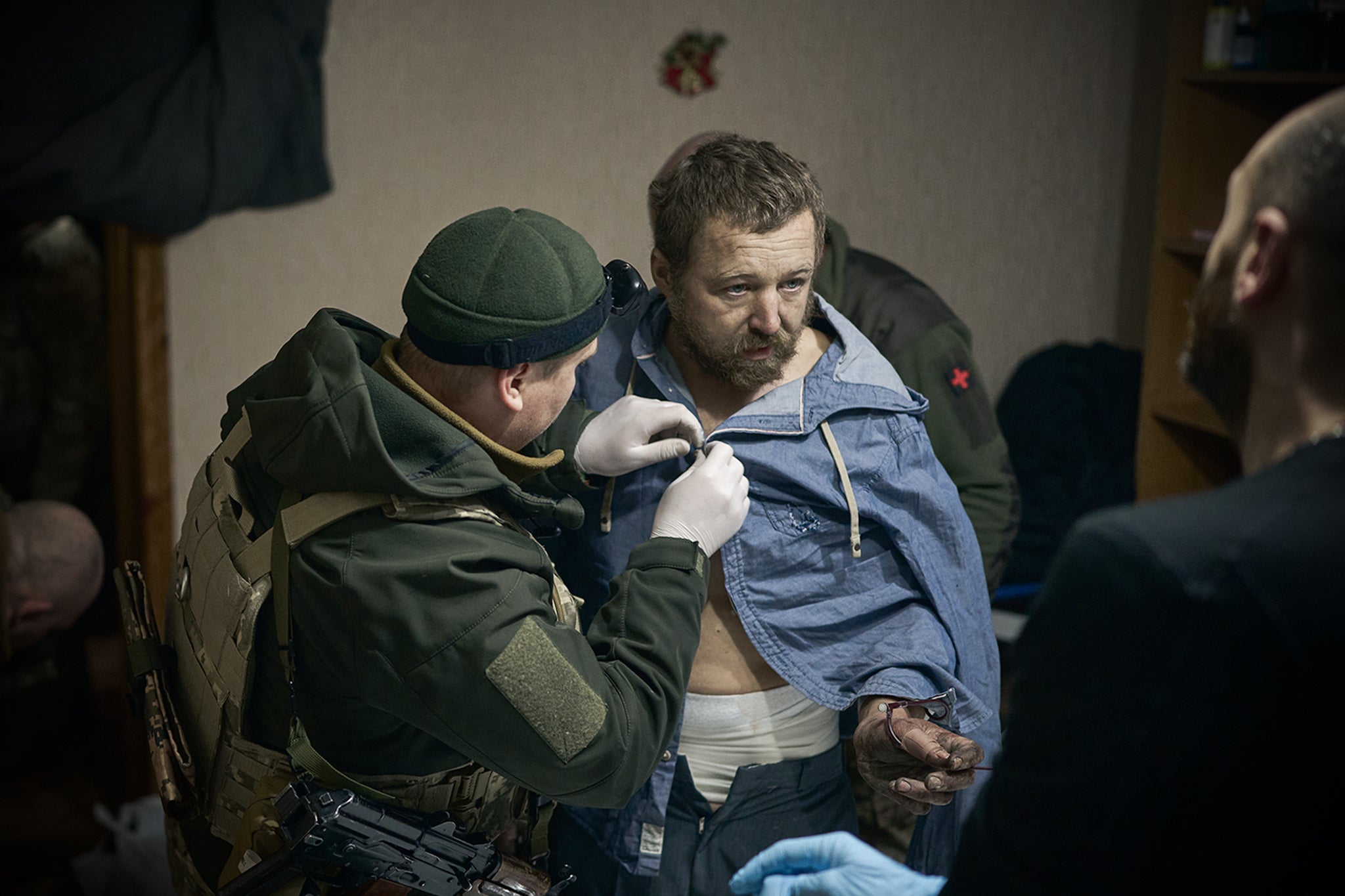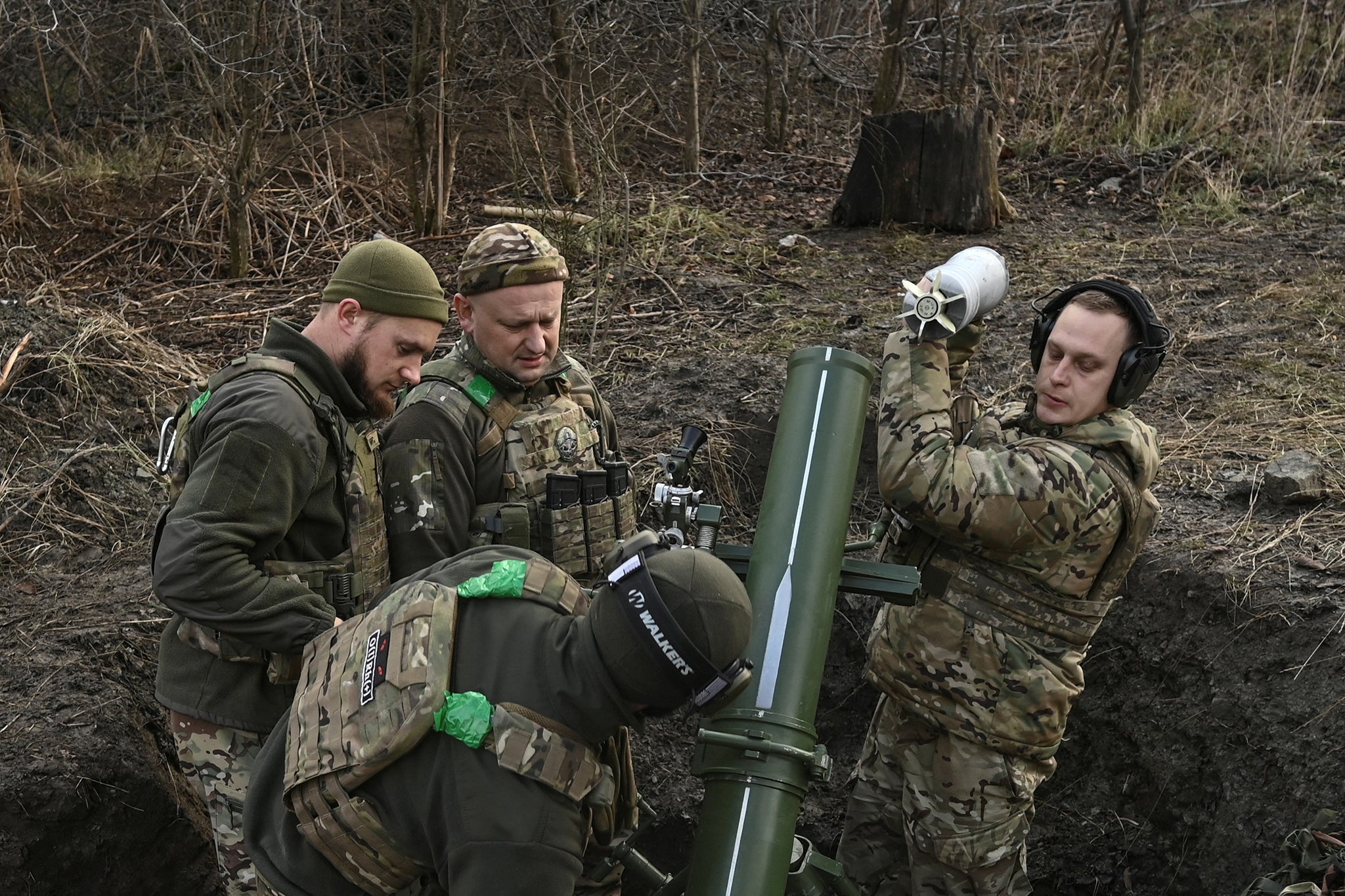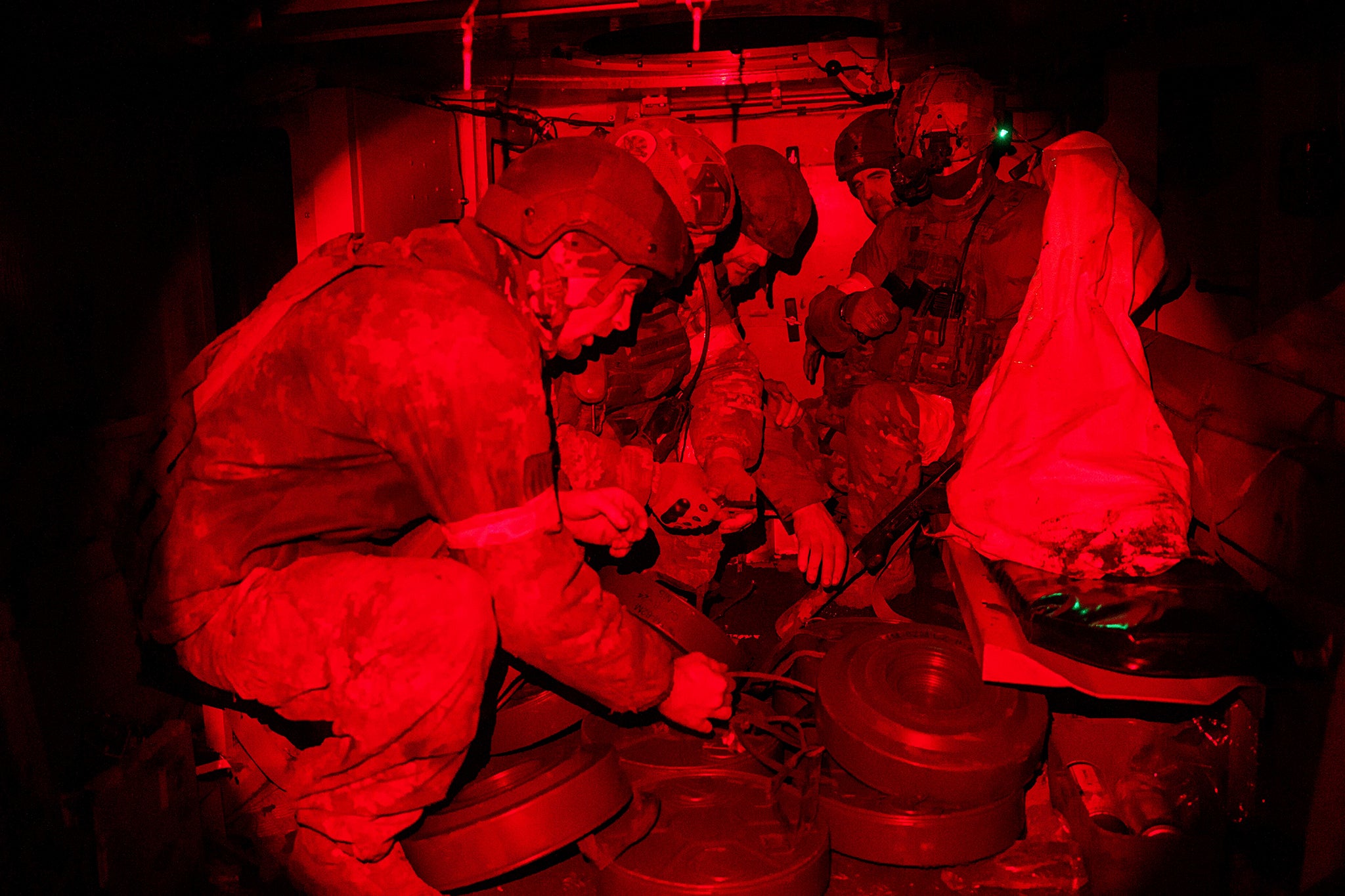Ukraine-Russia war map: Where are Putin’s forces making gains on the frontline as 2025 begins?
Russian forces are advancing in the east, slowly but surely, and they are shrinking Ukraine’s partial hold of the border region of Kursk
Your support helps us to tell the story
From reproductive rights to climate change to Big Tech, The Independent is on the ground when the story is developing. Whether it's investigating the financials of Elon Musk's pro-Trump PAC or producing our latest documentary, 'The A Word', which shines a light on the American women fighting for reproductive rights, we know how important it is to parse out the facts from the messaging.
At such a critical moment in US history, we need reporters on the ground. Your donation allows us to keep sending journalists to speak to both sides of the story.
The Independent is trusted by Americans across the entire political spectrum. And unlike many other quality news outlets, we choose not to lock Americans out of our reporting and analysis with paywalls. We believe quality journalism should be available to everyone, paid for by those who can afford it.
Your support makes all the difference.By the time February 2025 arrives, marking three years since Vladimir Putin launched his full-scale invasion of Ukraine, the situation on the front line could look very different.
Currently, Russian forces are advancing in the east, slowly but surely, and they are shrinking Ukraine’s partial hold of the border region of Kursk.
That the Russians haven’t been more successful is a testament, above all else, to the resilience of Ukraine’s troops on the ground, many of whom have been fighting continuously for years. Dysfunction in the Russian military, with Mr Putin as its de facto commander-in-chief, is another.
But US president Joe Biden has sent the final military package of his tenure to Ukraine, ending the support (for now) of Kyiv’s most heavily-armed ally. US president-elect Donald Trump will soon re-enter the White House on the promise of ending the fighting altogether, even if that potentially means rewarding Mr Putin for his illegal land grab.
Each inch of territory lost or gained could prove vital in future negotiations. Below, we look at the current flashpoints of the roughly 640-mile front line.
Kursk
Ukraine captured a chunk of the Russian border region of Kursk after a daring cross-border attack in August. They have held onto some of that territory ever since, though advancing Russian forces are shrinking the Ukrainian-held zone.
Senior Ukrainian official Mykhailo Podolyak revealed to The Independent a week after the attack that the assault was a “military tool of coercion to force Russia into the negotiation process”.
Kyiv will hope that what remains of their captured territory in Kursk when Mr Trump returns will prove vital in possible negotiations.
Russian forces have recently shifted more towards infantry-led assaults in the area, having tended towards mechanised, vehicle-heavy attacks in their initial attempts to reduce the Ukrainian-controlled territory.
Casualties are high. Bolstered by between 10,000 and 12,000 North Korean troops, however, they have continued to squeeze Ukraine’s perimeter. North Korea’s forces, for their part, have already suffered upwards of 1,000 casualties, according to Ukraine, the US and South Korea.
Russia has advanced into the northwestern side of Ukraine’s assault as well as to the southeast of Sudzha, the main city held by Kyiv’s troops in Kursk, located on the other side of the attack.

Kupyansk
Russian forces are conducting attacks to the north of the city of Kupyansk in the northeast Ukrainian region of Kharkiv, but they have gone months without a major breakthrough.
Recently, according to the Centre for Defence Strategies (CDS), a Ukrainian security think tank, the Russians were also “forced to retreat from the northeastern outskirts of Kupyansk to fortified positions” around the nearby village of Petropavlivka.
In a swelling offensive to the south, though, they have captured several villages, the most significant of which is Lozova, made up of around 15 homes. It fell two weeks after the Russians surrounded it on three sides.
Chasiv Yar
Ukraine and Russia have been fighting in the streets of Chasiv Yar, a city in the Donetsk region, since July, when Kyiv’s troops withdrew from the eastern Kanal neighbourhood, establishing the waterway there as the new front line.
Despite fears, at the time, that this could lead to the fall of the strategically valuable Chasiv Yar, which sits on high ground, Russian forces have yet to stage a significant breakthrough.
Viktor Trehubov, a spokesperson for Ukrainian forces fighting in that area, said on 30 December that Russian forces are attempting to attack the Refractory Plant in central Chasiv Yar, a key Ukrainian defensive position in the settlement. He added, however, that Ukrainian forces continue to control the facility.

Toretsk
The Russians are pushing through the centre of Toretsk, another city in Donetsk, but have been held by Ukrainian forces for months, some of whom have been defending that area for years.
Mr Trehubov stated on 29 December that street fighting continues within Toretsk.
He added that lightly armoured Russian forces have been spotted picking up anti-tank mines and then throwing them at buildings in the Toretsk direction.
Pokrovsk
This appears to be the ultimate objective of the Russian forces advancing in Ukraine’s eastern Donetsk region. Sitting on logistical routes connecting the rest of the region, Pokrovsk is a linchpin of Donetsk’s defence.
Since the Russian capture of the city of Avdiivka in February, Moscow’s troops have advanced around 30 miles to the outskirts of Pokrovsk, seizing around 400 square miles of the region in the process. That advance looks like a swollen bulge protruding from the front line.
Their success in the direction of Pokrovsk is clear as the Russian forces push towards the western outskirts of the city. Like in Kursk, they appear to have shifted towards small, infantry-led assaults after months of costly mechanised attacks. Ukraine estimates Russian vehicle losses in that area alone to be upwards of 2,000 in recent months, which includes tanks and armoured personnel carriers.
“The situation of Ukrainian Defense Forces continues to deteriorate,” writes CDS. “The enemy is gradually expanding its penetration south of Pokrovsk.”

Senior Ukrainian officers have blamed the “disastrous” defence of the Pokrovsk area partially on poor management and communication between generals and those fighting on the ground.
Kyiv hopes to fix this issue in 2025, having appointed a new land forces commander.
In his latest update, Ukraine’s military chief Oleksandr Syrskyi described the fighting in Pokrovsk as the “hottest” of the roughly 640-mile front line. Russia is suffering high casualties, he added, as it carries out “continuous meaty assaults”.
Kurakhove
Roughly 15 miles southwest of Pokrovsk lies Kurakhove. It sits in the bottom left-hand corner of Russia’s bulging attack towards Pokrovsk.
Russian forces have had success in this area, pushing along the northern outskirts of Kurakhove along the Vovcha reservoir. They have reached the outskirts of the village of Shevchenko beyond the reservoir and behind Kurakhove, according to DeepState, a Ukrainian war tracker with close ties to the military.
Some of Ukraine’s troops, meanwhile, have retreated several miles back from Kurakhove, around Shevchenko, to defend the advancing Russian forces. Fighting within Kurakhove, however, is ongoing.
Velyka Novosilka
After the capture of the town of Vuhledar in October, Russian forces have advanced around 18 miles towards Velyka Novosilka, a town that sits near the Donetsk border with the Zaporizhzhia region.
The town has served as a key assembly area for both offensive and defensive operations in the area, says Frontelligence Insight, a Ukrainian war tracker. It is also a key route linking towns further east to the rest of unoccupied Ukraine.
Its capture could afford Russia “multiple options for further advances”, the group adds.
Velyka Novosilka is almost surrounded on three sides by Russian forces.
The main thrust of recent Russian attacks has been on Velyka Novosilka’s western flank, but Moscow’s troops have also pushed towards the town of Novyi Komar to the east, as well as from the south.
A representative of a Ukrainian brigade operating near Velyka Novosilka said that Russian forces are attempting to bypass and seize Velyka Novosilka to reach the junction of the three regions of Donetsk, Zaporizhia, and Dnipropetrovsk.

Join our commenting forum
Join thought-provoking conversations, follow other Independent readers and see their replies
Comments